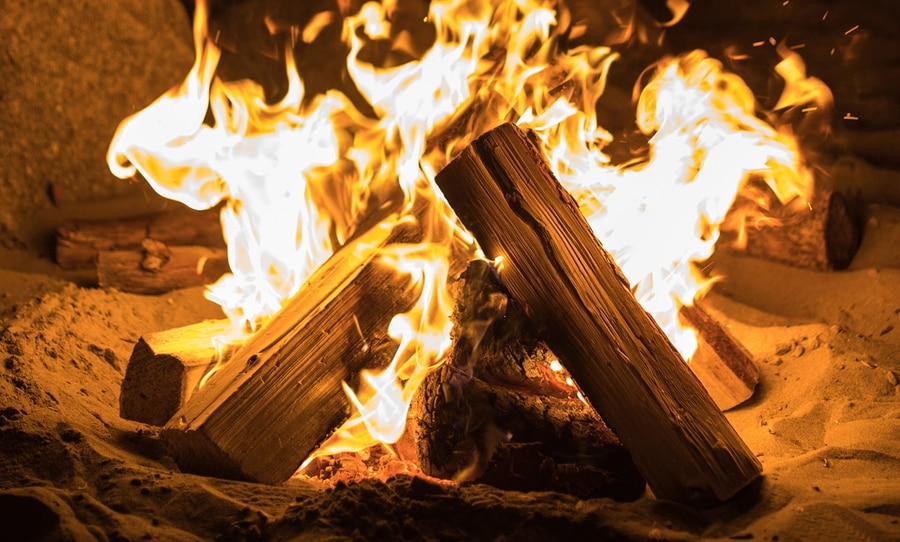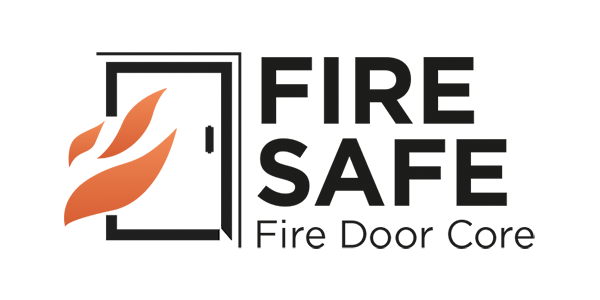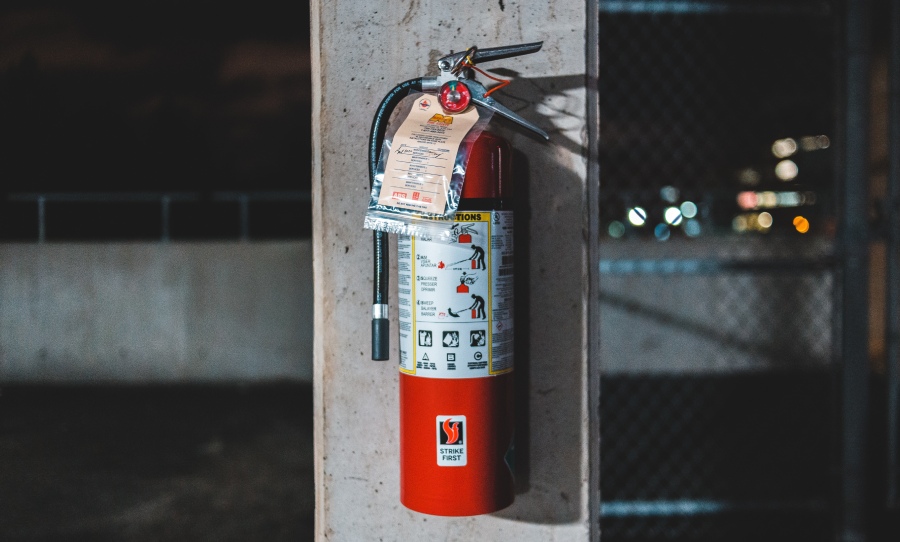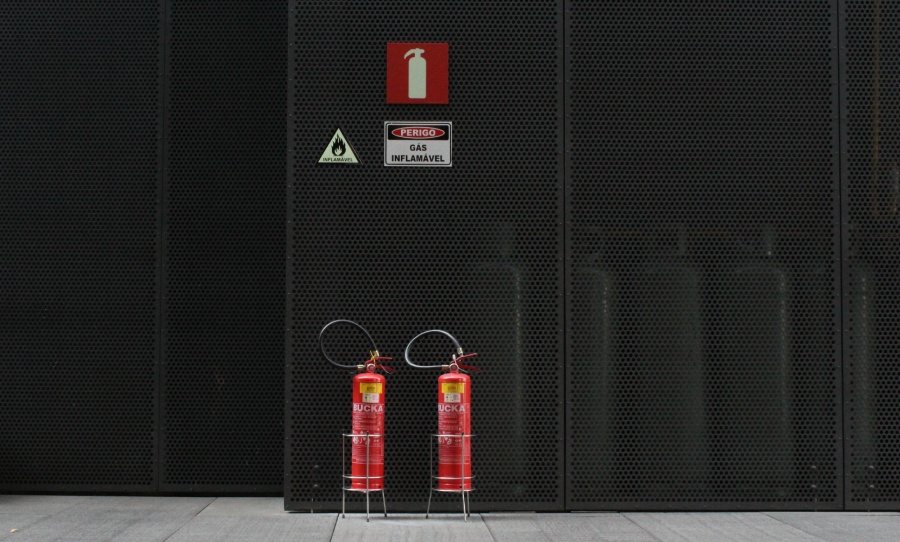The 6 Classes of Fire
Fires come in all shapes and sizes, ranging in level of severity. That’s why we have different methods for every class of fire.
Believe it or not, the world of fire safety is far more complex than pointing a hose at a fire. Fire needs fuel, oxygen, and heat to thrive, and how a fire is best combated depends on its connection to these three elements.
In the interest of education and safety, today we’re learning about the 6 different classes of fire, and how to best combat each type.

There are six classes of fire: Class A, Class B, Class C, Class D, ‘Electrical’, and Class F.
Class A fires – Combustible materials
Class A fires begin when a flammable solid object catches fire. Common flammable solids include unprotected wood, papers, and fabrics. Curtains are a common starting place for Class A fires, so we’d recommend ensuring that any fires are kept far away from them. A water, foam, dry powder, or wet chemical fire extinguisher will be effective at combating Class A fires.
Class B fires – Flammable materials
Class B fires begin when a flammable material catches fire. Common flammable materials include petrol, paint, and turpentine. A foam, dry powder, or CO2 fire extinguisher will be effective at combating Class B fires.
Class C fires – Flammable gases
Class C fires begin when a flammable gas catches fire. Common flammable gases to catch fire include hydrogen, butane, or methane. A dry powder fire extinguisher will be your best option for combating Class C fires.
Class D fires – Combustible metals
Class D fires begin when a combustible metal catches fire. Common combustible metals include lithium, magnesium, and aluminium. A dry powder fire extinguisher will be your best option for combating Class D fires.
Electrical Fires – Electrical equipment
Electrical fires begin when a piece of electrical equipment catches fire. If the electrical item is removed, the fire will change class. Common electrical equipment that catches fire include computers and generators. A dry powder or CO2 fire extinguisher will be effective at combating electrical fires.
Class F fires – Deep Fat Fryers
Class F fires are of an extremely high temperature, beginning with the misuse/neglect of a fat fryer. Wet chemical fire extinguishers will be your best option for combating Class F fires.
Have a fire door related enquiry? Regardless of which state in Australia you’re located, we’re happy to help. Contact Fire Safe Doors at [email protected] or call (02) 9070 0732, and we’ll work through a plan for your needs.

















